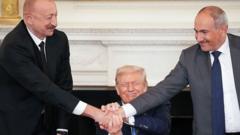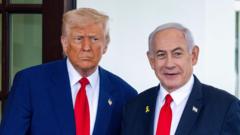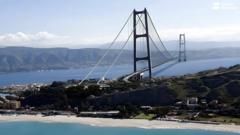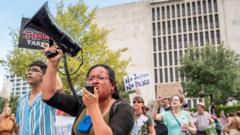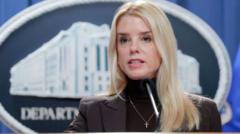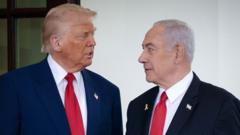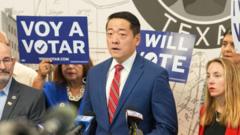Executive orders constitute a critical mechanism for U.S. presidents, allowing them to implement policies swiftly and unilaterally. Recent news indicates that Donald Trump is poised to resume this practice extensively, signing over 200 executive actions upon his return to the White House.
What Are Executive Orders? A Powerful Presidential Tool in U.S. Governance
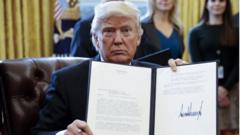
What Are Executive Orders? A Powerful Presidential Tool in U.S. Governance
Understanding executive orders: how U.S. presidents utilize their authority to shape policy without congressional approval.
Executive orders hold significant power in shaping federal policy, bypassing the need for congressional approval. Donald Trump, returning to the presidency, plans to issue an extensive list of orders, including initiatives to advance artificial intelligence, form a new government department, and alter military policies related to diversity. Historically, presidents have signed orders to enact major shifts in policy swiftly and respond to pressing national issues. For instance, Franklin D. Roosevelt signed an executive order during World War II that forced the internment of Japanese Americans, reflecting the orders' often-contentious nature.
The Constitution grants the executive branch the authority to issue these orders, empowering presidents to resolve urgent matters without legislative delays. However, the power of executive orders is not absolute; they can be challenged legally or overridden by Congress, though presidential veto power complicates this process. Controversially, the ability to issue orders allows presidents to circumvent the legislative process, leading to legal challenges, as seen during Obama's tenure with healthcare reforms and Trump's travel bans.
Historically, the frequency and intent of executive orders vary widely. Presidents such as Roosevelt issued over 3,700 orders, while more recent leaders have employed the tool in response to changing political dynamics. With Trump’s anticipated influx of executive orders, the practice continues to evolve, further entrenching its role in American political discourse. As political tides shift, future presidents must weigh the ramifications of executive actions against potential legal and societal pushback.
The Constitution grants the executive branch the authority to issue these orders, empowering presidents to resolve urgent matters without legislative delays. However, the power of executive orders is not absolute; they can be challenged legally or overridden by Congress, though presidential veto power complicates this process. Controversially, the ability to issue orders allows presidents to circumvent the legislative process, leading to legal challenges, as seen during Obama's tenure with healthcare reforms and Trump's travel bans.
Historically, the frequency and intent of executive orders vary widely. Presidents such as Roosevelt issued over 3,700 orders, while more recent leaders have employed the tool in response to changing political dynamics. With Trump’s anticipated influx of executive orders, the practice continues to evolve, further entrenching its role in American political discourse. As political tides shift, future presidents must weigh the ramifications of executive actions against potential legal and societal pushback.






